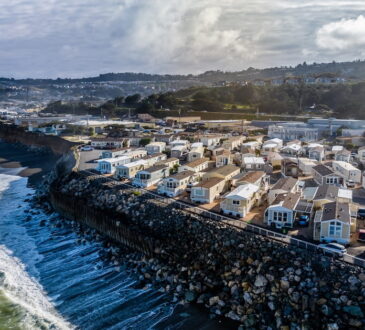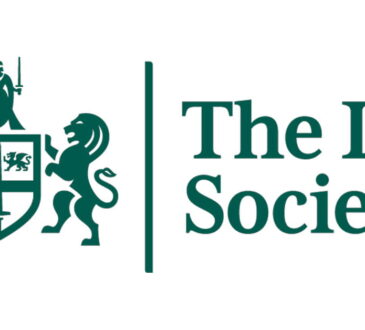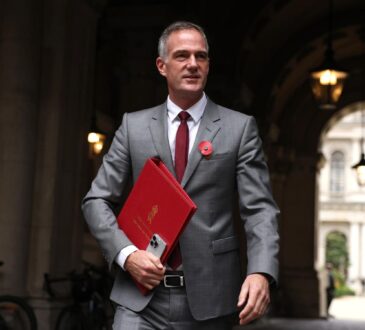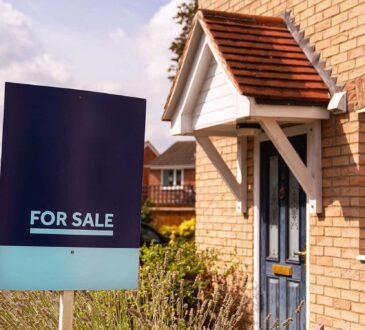
Stay informed with free updates
Simply sign up to the UK house prices myFT Digest — delivered directly to your inbox.
UK rental price growth remained unchanged at a near-record high while annual growth in house prices was flat, in a sign of the impact of high borrowing costs and low housing availability on tenants and mortgage holders.
Average UK private rents increased by 8.6 per cent in the 12 months to July, the Office for National Statistics said on Wednesday. The figure was unchanged from June and still close to a record annual rise of 9.2 per cent in March, after three months of marginal declines.
London was the region of the UK with the highest rent inflation, at 9.7 per cent, in July. The reading left the average rent in the capital at £2,114, up from £1,928 in July 2023 and £1,700 in July 2021, before living costs surged.
Annual growth in house prices stood unchanged at 2.7 per cent in June, the ONS said, although month-on-month growth stood at 0.5 per cent. The average UK house price was £288,000, up by £8,000 from June.

Nathan Emerson, chief executive of Propertymark, a trade body for estate agents, said the rental market continued “to feel the harsh reality of ongoing pressures on housing demand, which are outstripping current supply”.
Alongside landlords with mortgages passing on the impact of higher interest rates to tenants, the lack of available rental property has pushed up prices.
Prime Minister Sir Keir Starmer has placed pro-development planning reforms at the core of his new government’s programme, as part of plans to “get Britain building again” and address the country’s acute housing shortage.
In the King’s Speech last month, ministers set out legislation to reform local planning committees and end Section 21 “no fault” evictions for tenants.
House prices fell for most of last year, reflecting high mortgage costs as the Bank of England raised interest rates to 5.25 per cent in a bid to tame inflation.
Expectations that the BoE would cut its benchmark rate to 5 per cent, as it did on August 1, helped bring down mortgage rates, fuelling the recovery in property costs.
Separate official data published on Wednesday showed inflation rose to 2.2 per cent in July from 2 per cent in June, but the increase was smaller than the BoE had expected, thanks in part to a sharp decline in underlying price pressures.
Unlike data from lenders such as Nationwide and Halifax, ONS house price figures include cash buyers, representing the most comprehensive indicator of the sector’s health.
London registered the smallest house price growth of any UK region, at 0.6 per cent, but it remained the most expensive part of the country, with the average property costing £523,134. This compared with £164,886 in the north east of England.
The average rent in England increased by 8.6 per cent year on year to £1,319, compared with slower rises to £748 in Wales and £965 in Scotland.
Jeremy Leaf, an estate agent in north London and former residential chair of the Royal Institution of Chartered Surveyors, a professional body, said the latest house price data was “another example of the housing market’s resilience — very little change in prices at a time of considerable election and interest rate uncertainty”.





